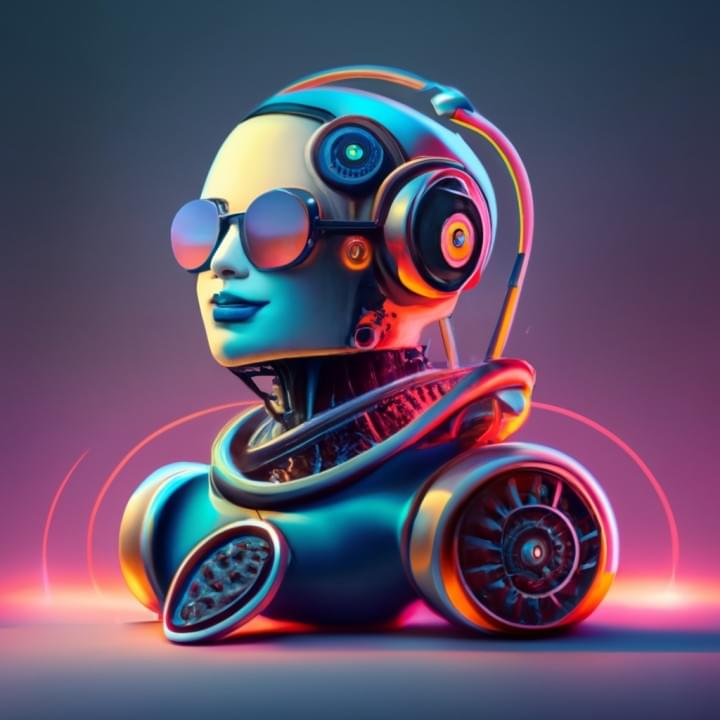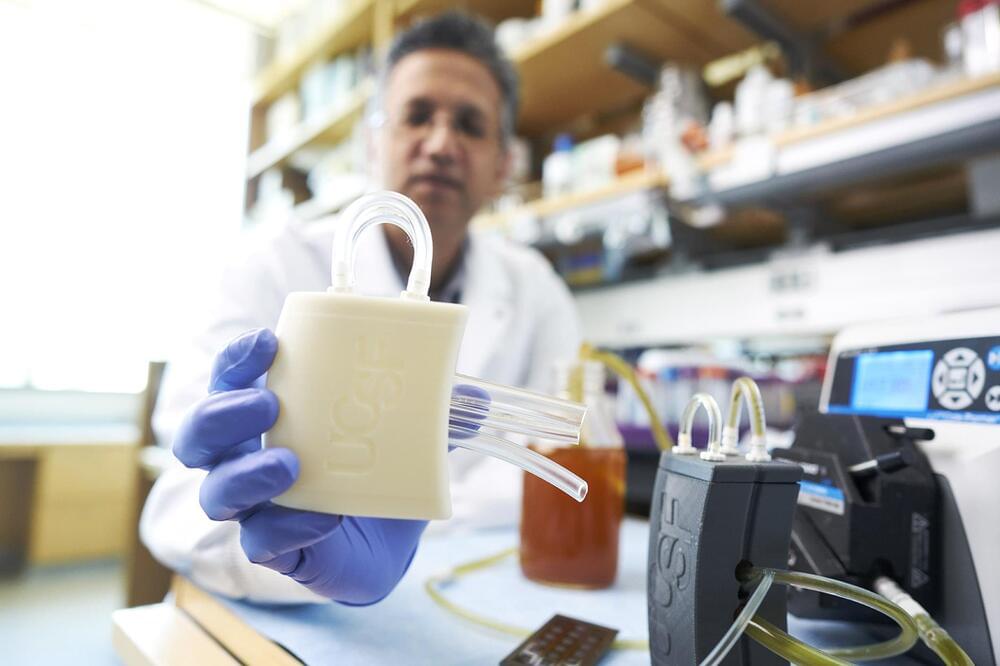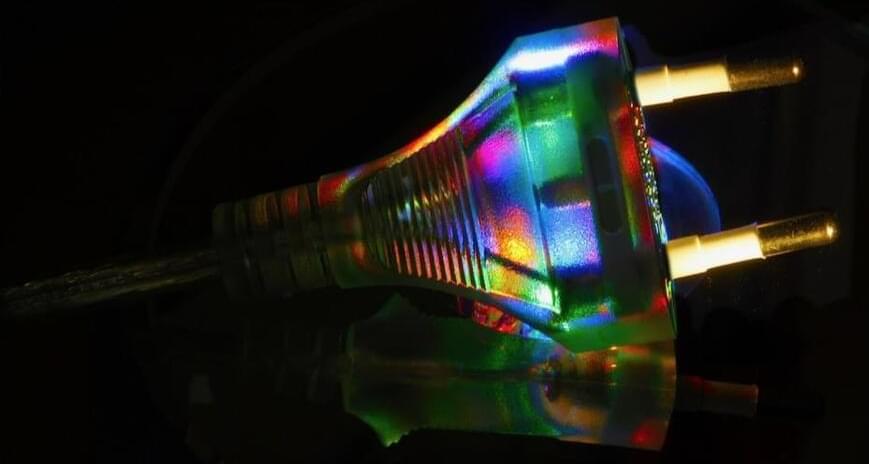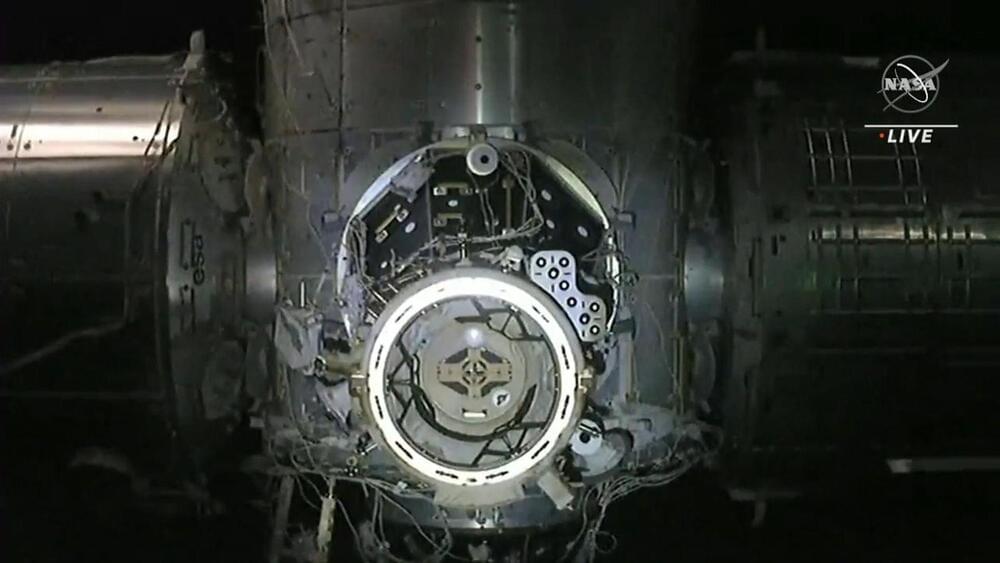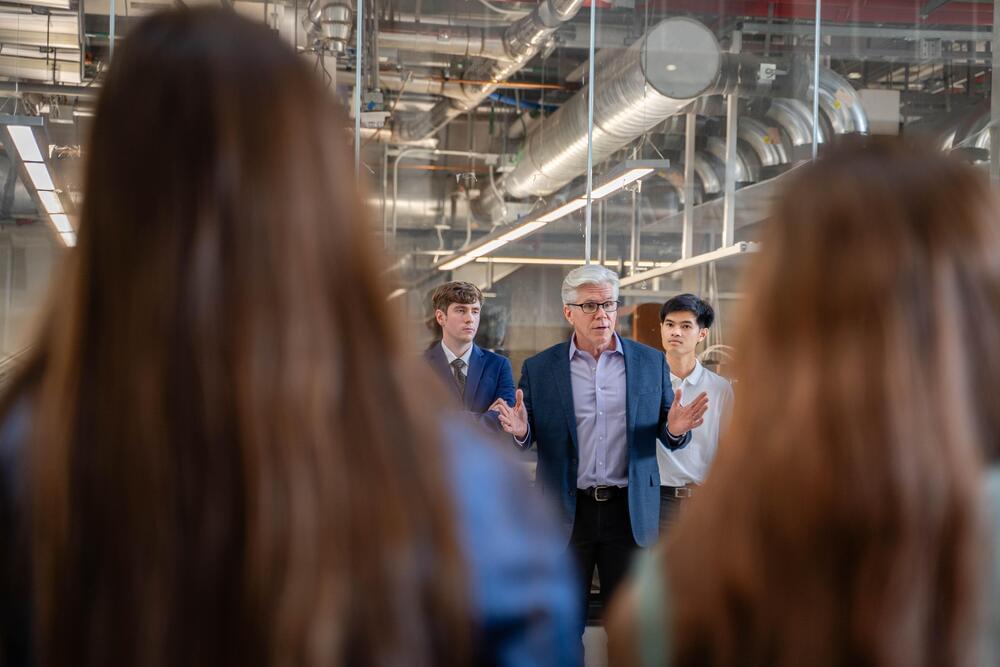In 1993, acclaimed sci-fi author and computer scientist Vernor Vinge made a bold prediction – within 30 years, advances in technology would enable the creation of artificial intelligence surpassing human intelligence, leading to “the end of the human era.”
Vinge theorized that once AI becomes capable of recursively improving itself, it would trigger a feedback loop of rapid, exponential improvements to AI systems. This hypothetical point in time when AI exceeds human intelligence has become known as “the Singularity.”
While predictions of superhuman AI may have sounded far-fetched in 1993, today they are taken seriously by many AI experts and tech investors seeking to develop “artificial general intelligence” or AGI – AI capable of fully matching human performance on any intellectual task.
